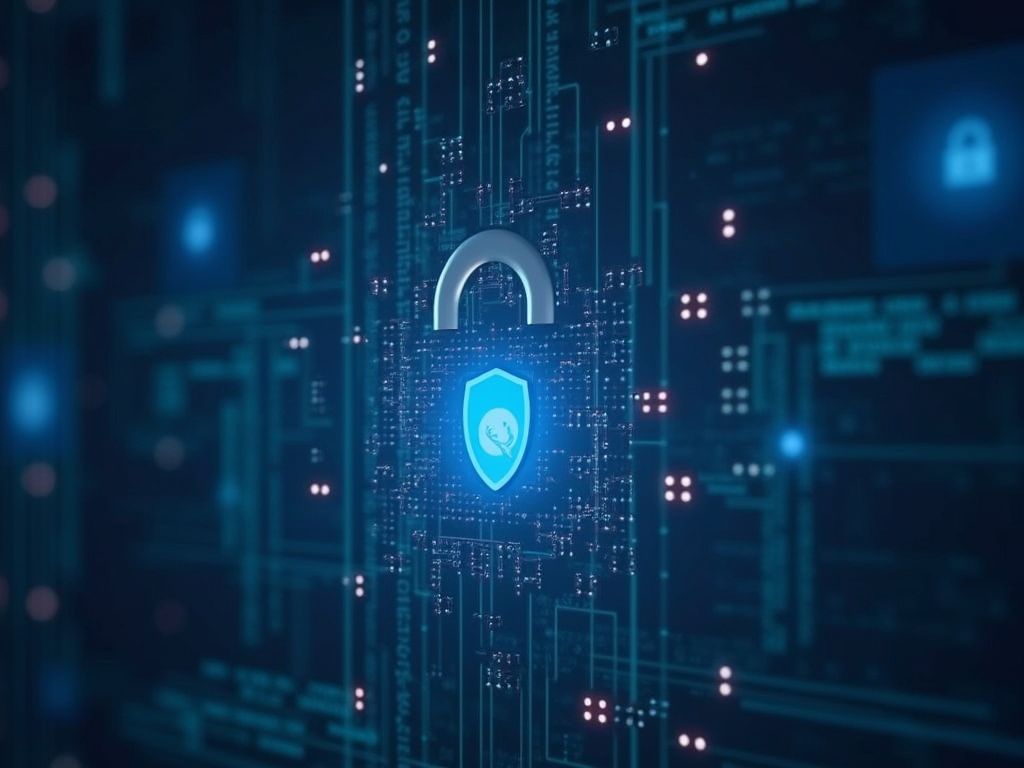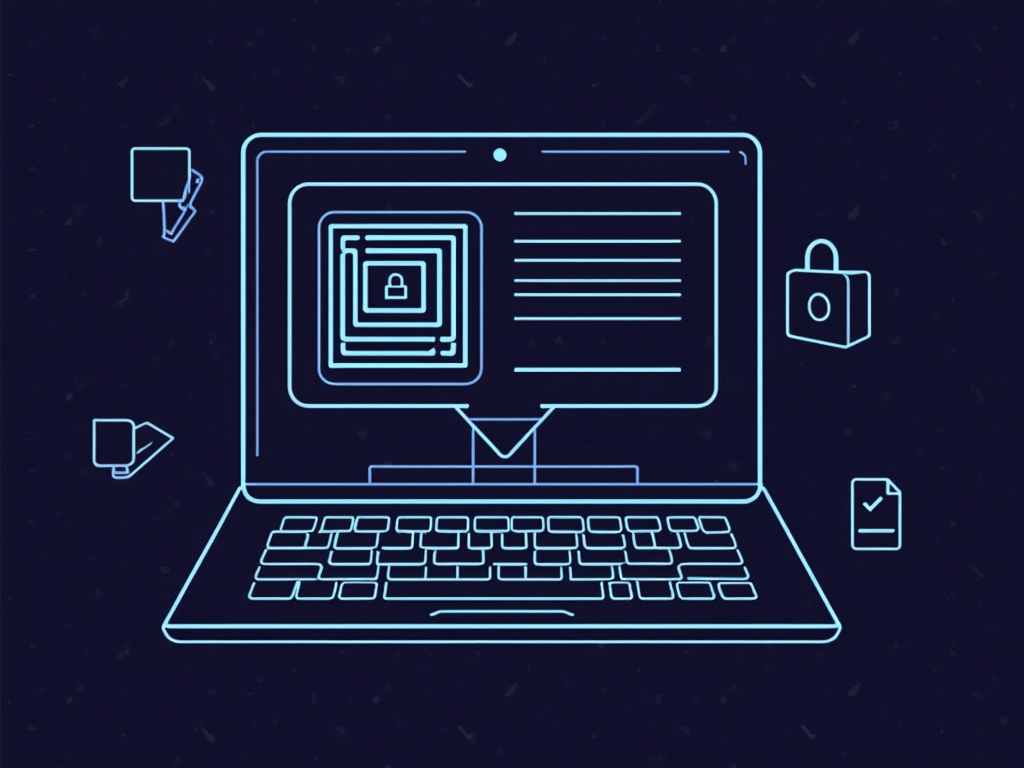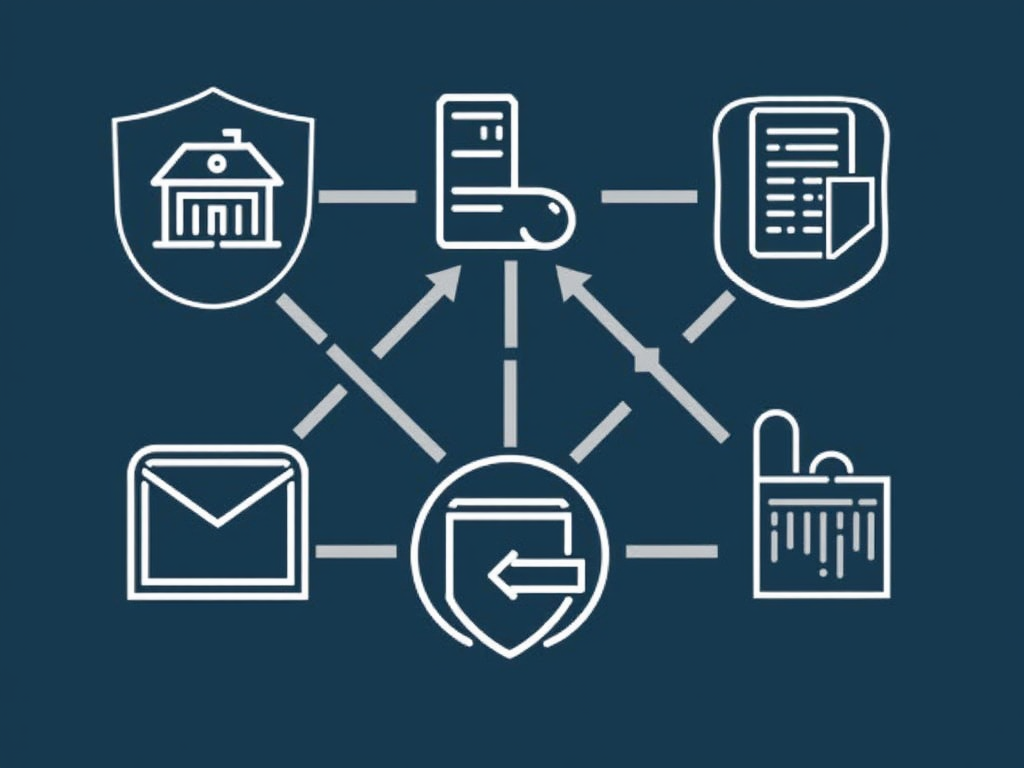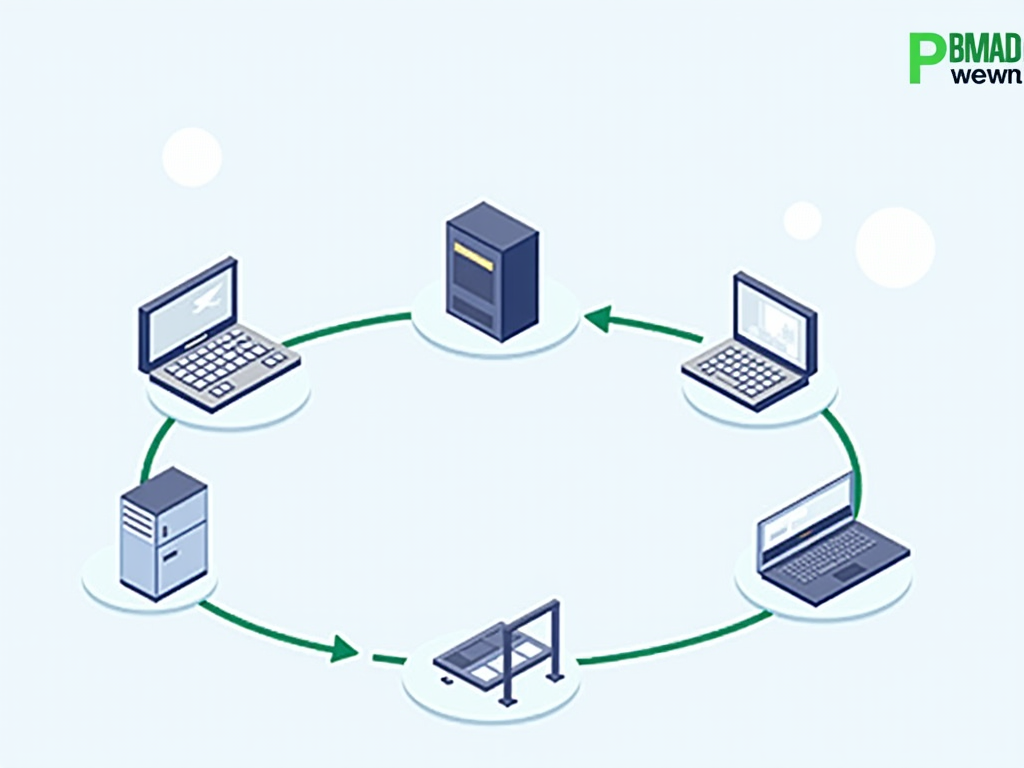Understanding the Importance of Secure Access in Cybersecurity
In today’s digital age, cybersecurity is a top concern for individuals and organizations alike. With the rise of remote work, cloud computing, and internet-based transactions, the risk of cyber attacks has increased significantly. One crucial aspect of maintaining a robust cybersecurity posture is securing access to sensitive information and systems. In this article, we’ll delve into the importance of secure access in cybersecurity and explore best practices for implementing effective access controls.
What is Secure Access?
Secure access refers to the process of controlling who can access specific resources, such as networks, databases, or applications. This involves verifying the identity of users, ensuring their credentials are valid, and granting them the necessary permissions to perform specific tasks. Secure access is critical in preventing unauthorized access, which can lead to data breaches, identity theft, and other cyber threats.
Why is Secure Access Important?
- Data Protection: Securing access to sensitive information ensures that only authorized individuals can access and manipulate confidential data. This prevents data breaches, which can have severe consequences for organizations and individuals alike.
- Prevention of Malicious Activities: By controlling who has access to systems and networks, you can prevent malicious actors from exploiting vulnerabilities or installing malware.
- Compliance with Regulations: Many regulations, such as GDPR and HIPAA, require organizations to implement secure access controls to protect sensitive information. Failure to comply can result in severe penalties.
- Reduced Risk of Insider Threats: Secure access helps prevent insider threats by ensuring that employees and contractors only have access to the resources they need to perform their jobs.
Best Practices for Implementing Secure Access
- Multi-Factor Authentication (MFA): Require users to provide multiple forms of verification, such as passwords, biometric data, or smart cards, to access systems and networks.
- Role-Based Access Control (RBAC): Assign users to specific roles based on their job functions, granting them access only to the resources necessary for their tasks.
- Least Privilege Principle: Grant users the minimum level of access required to perform their jobs, reducing the attack surface.
- Regular Auditing and Monitoring: Continuously monitor user activity and audit logs to detect potential security breaches or insider threats.
- Secure Password Management: Implement strong password policies, including password rotation, complexity requirements, and account lockout features.
- Single Sign-On (SSO) Solutions: Use SSO solutions to simplify the login process while maintaining secure access controls.
Common Secure Access Challenges
- User Management: Managing user identities, roles, and permissions can be complex and time-consuming.
- Authentication and Authorization: Ensuring that users are properly authenticated and authorized can be challenging, particularly in environments with multiple identity sources.
- Compliance and Governance: Meeting regulatory requirements for secure access while maintaining transparency and accountability can be difficult.
Conclusion
Secure access is a critical component of any cybersecurity strategy. By implementing effective access controls, organizations can prevent data breaches, malicious activities, and insider threats. Remember to prioritize MFA, RBAC, least privilege, regular auditing, and secure password management when securing access. By doing so, you’ll be well on your way to maintaining a robust cybersecurity posture.
References:
- National Institute of Standards and Technology (NIST). (2017). Secure Access Controls and Authentication.
- ISO 27001:2013. Information Security Management Systems – Requirements.
- SANS Institute. Securing Remote Access.



